|
HOME: www.hiltonpond.org |
|||
|
|
|
ROADSIDE BUTTERFLIES Come late January, folks in the South Carolina Piedmont and elsewhere across much of North America are halfway through the winter season. Although it's been a mild one so far here at Hilton Pond Center we know cold weather and even snow are sure to come, so we can't blame anyone for fantasizing about spending a few weeks in some tropical paradise. Fortunately, thanks to volunteers who help underwrite Operation RubyThroat: The Hummingbird Project, we don't need to dream about such things; on 27 January we departed the Charlotte airport for our 16th citizen science expedition to warm and sunny Costa Rica. As usual we traveled several days ahead of our research team and met up in San Jose with our tico guide, good friend, and irreplaceable colleague Ernesto Carman Jr. and his wife Elaida Mayorga Villanueva. After requisite handshakes and hugs it was off to Paraíso, a small town two hours east of San Jose where 'Nesto's parents run Finca Cristina--arguably home of the best organic shade-grown coffee in the universe. We're grateful Ernie Carman and wife Linda Moyher allow us to stay at their finca while with Ernesto we scout Costa Rican hinterlands for Ruby-throated Hummingbirds that flew south to Neotropical wintering grounds. That extra time before our group arrives also lets us do a little Neotropical exploring unrelated to hummingbirds, so this year we decided to get more familiar with a group of non-avian creatures, i.e., some of the hundreds of butterfly species that call Costa Rica home.
All text & photos © Hilton Pond Center When people think about tropical butterflies they often visualize big wings and brilliant colors, but not all Costa Rican lepidopterans fit that mold. Rather than seeking out incredibly iridescent Blue Morphos (above) or six-inch-wide Owl Butterflies we've seen on previous trips, we decided to concentrate on smaller and sometimes overlooked species. To illustrate their diversity we this week offer a portfolio of "Roadside Butterflies of Costa Rica"--all found and photographed as we ambled rural byways around Finca Cristina. We hope you'll enjoy our "midwinter" images from a Neotropical heaven that is likely a bit warmer than wherever you might be.
All text & photos © Hilton Pond Center As is the case with butterflies in North America, many of the more common ones are small and brown and hard to identify to species. Such was the case with the above member of the Riodinidae (Metalmark Family), so-called because many have small metallic-looking wing spots. Most metalmarks perch on undersides of leaves with wings open and flat--unlike many butterflies that rest with wings folded. The 1.5-inch-wide individual in our photo appears to be a Calephelis sp. (And many thanks to Ernesto for helping identify this and other butterflies and their host plants.)
All text & photos © Hilton Pond Center Pictured above is another Riodinidae representative with an ominous scientific name--Hades noctula--the White-rayed Metalmark. Larvae of this species feed almost exclusively on the Hog Plum tree, Spondias mombin, a member of the Anacardiaceae (Cashew Family). Many metalmarks spend hours resting in the shade beneath horizontal leaves.
All text & photos © Hilton Pond Center A third riodinidan--the Quilted Metalmark, Napaea umbra--is shown above perched on a banana leaf. This particular species' larvae prefer the leaves of various bromeliads--epiphytes that grow on trees. Its prominent white-tipped and barred antennae are likely used in species recognition. Ernesto was especially pleased to view our photo above because it was a new species for Finca Cristina. Finding a new butterfly for the farm is a pleasant accomplishment when we realize 'Nesto has documented nearly 300 different kinds on the 30-acre property.
All text & photos © Hilton Pond Center For us, the hardest butterflies to identify here at Hilton Pond Center AND in the Neotropics are the Skippers, whose group name comes from their habit of rapidly skipping and flitting from one place to another, seldom stopping long enough for a good photo. The individual above is uncoiling its long proboscis to feed on Lantana camara, a native Costa Rican roadside plant that hosts lots of insects and hummingbirds, too. About all we can say about this nondescript inch-long butterfly is it's in the Hesperiidae (Skipper Family). As always, we welcome your IDs of our unidentified species; just send us an e-mail with the info.
All text & photos © Hilton Pond Center The butterfly above, unusual among skippers in that it was resting with wings fully horizontal, is one of the aptly named Checkered Skippers in the genus Pyrgus. These little 1.5-inch-wide lepidopterans were nectaring on various asters along the roadside, although their larvae eat leaves of the Malvaceae (Mallow Family).
All text & photos © Hilton Pond Center Some skippers are much easier to identify--as with the somewhat larger Astraptes alardus (above), whose amusing but appropriate common name is Frosted Flasher. (CAVEAT: Recent DNA work indicates what looks like a Frosted Flasher might actually be any of TEN different skipper species.) The skipper in our photo is a male, perched in a sunlit opening awaiting appearance of a female. This species is primarily Central American but occasionally strays in the Rio Grande Valley of the U.S. Larvae feed on leaves of various Erythrina species while adults are content to consume flower nectar and the yummiest of moist bird droppings.
All text & photos © Hilton Pond Center Perhaps the most common butterfly at Finca Cristina was Doubleday's Actinote, Actinote anteas. Adults were in near-constant motion, males frenetically competing for females. Occasionally one would settle on a stem or leaf (above), showing nondescript cream-colored underwings with prominent black veins.
All text & photos © Hilton Pond Center When the Doubleday's Actinotes took flight, however, they revealed a very different dorsal surface (above), with bright orange hindwings and black-and-cream forewings. Such differences between dorsal and ventral surfaces are common among butterflies; to hide from a predator the butterfly simply folds its wings.
All text & photos © Hilton Pond Center Once the male actinote butterfly gets the attention of a receptive female, they copulate. The male inserts his reproductive parts into the tip of the female's abdomen and holds on with a structure known as a "clasper." This device keeps the pair from separating even when an overly attentive interloper zooms in--as shown at lower right in the photo just above.
All text & photos © Hilton Pond Center After a successful mating the female Doubleday's Actinote lays her fertilized eggs (above) on the leaf one of the species of Mikania, a genus of climbing asters sometimes known as "Bitter Vine."
All text & photos © Hilton Pond Center The actinote eggs eventually hatch, producing a generation of ravenous caterpillars (above left) that can make short work of the host plant's leaves. Because of their appetites, actinote larvae have been introduced to indonesia and South Africa to control Siam Weed (Chromolaena odorata), another aster that is invasive on those areas; such efforts have met with little or no success. A healthy, well-fed caterpillar eventually forms a chrysalis (above right) in which it metamorphoses into an adult Doubleday's Actinote, and the process starts anew.
All text & photos © Hilton Pond Center Ernesto liked our photo above of Cyllopsis hedemanni, the Tailed Gemmed-Satyr, perched on a dead banana leaf. This little-known species is in the Nymphalidae (Brush-footed Butterflies). Note the interesting reflection in the insect's compound eye.
All text & photos © Hilton Pond Center Above is an adult Tithorea tarricina, the Variable Prestonian, whose common name is derived from a preference by its larvae for the foliage of Prestonia--flora in the Dogbane Family (Apocyanaceae); these plants are rapidly decreasing due to habitat loss, and the butterflies are sure to follow. This species, whose wingspan reaches three inches, is also called Tarracina Longwing or Cream-spotted Tigerwing.
All text & photos © Hilton Pond Center The Crimson Patch, Chlosyne janais, occurs throughout Central America along roadsides and the field and forest. The species has been reported as far north as northern Texas, and the Rio Grande Valley occasionally sees irruptions of Crimson Patches that eventually succumb to cool weather. Larvae fed on acanthus shrubs, some of which are also favorites of wintering Ruby-throated Hummingbirds in Costa Rica.
All text & photos © Hilton Pond Center Clusters of the Black-bordered Tegosa, Tegosa anieta (above), were all over yellow roadside asters at Finca Cristina, nectaring and flitting about in search of mates. These little orange and black butterflies--scarcely an inch across--fly erratically and are difficult to photograph.
All text & photos © Hilton Pond Center There's little doubt the butterfly above is one of the Longwings, members of the genus Heliconius. Specifically it's H. clysonymus, the False Postman, whose bright red and white wing patches are a warning to potential predators, a phenomenon known as "aposematism." Larvae eat leaves of various Passionflowers (Passiflora spp.) and sequester toxic compounds from the plants into their own tissues--just like Monarch butterfly cats do with milkweeds here at Hilton Pond Center. Such toxins are retained as the caterpillars metamorphose, making adult butterflies unpalatable. Unrelated butterflies that live near Heliconius but are not toxic may have similar markings that fool predators; this is a classic example of Batesian mimicry.
All text & photos © Hilton Pond Center Most photos of Neotropical butterflies show ideal specimens with perfect wings, but such individuals can be hard to find. The life of an adult butterfly is hard; they fly about with one mission: To find a mate and propagate their genes. In some species adults have no mouthparts and do not eat, with reproduction their only function. The Crescent butterfly above, likely an Anthanassa species and another Brushfoot with reduced forelegs, is an example of just how beaten up butterflies can get during their short life spans. Despite its torn and tattered appearance, however, we enjoyed watching this insect fluttering about, and we hope you take equal joy from looking at our 2012 portfolio of "Roadside Butterflies of Costa Rica." All text & photos © Hilton Pond Center |
|---|
 The Piedmont Naturalist, Volume 1 (1986)--long out-of-print--has been re-published by author Bill Hilton Jr. as an e-Book downloadable to read on your iPad, iPhone, Nook, Kindle, or desktop computer. Click on the image at left for information about ordering. All proceeds benefit education, research, and conservation work of Hilton Pond Center for Piedmont Natural History. The Piedmont Naturalist, Volume 1 (1986)--long out-of-print--has been re-published by author Bill Hilton Jr. as an e-Book downloadable to read on your iPad, iPhone, Nook, Kindle, or desktop computer. Click on the image at left for information about ordering. All proceeds benefit education, research, and conservation work of Hilton Pond Center for Piedmont Natural History. |
|
|
"This Week at Hilton Pond" is written and photographed by Bill Hilton Jr., executive director of Hilton Pond Center for Piedmont Natural History
|
|
|
Please refer "This Week at Hilton Pond" to others by clicking on this button: |
Comments or questions about this week's installment? Send an E-mail to INFO. (Be sure to scroll down for a tally of birds banded/recaptured during the period, plus other nature notes.) |

Click on image at right for live Web cam of Hilton Pond,
plus daily weather summary
Transmission of weather data from Hilton Pond Center via WeatherSnoop for Mac.
|
--SEARCH OUR SITE-- For a free on-line subscription to "This Week at Hilton Pond," send us an |
|
Thanks to the following fine folks for recent gifts in support of Hilton Pond Center for Piedmont Natural History and/or Operation RubyThroat: The Hummingbird Project. Your tax-deductible contributions allow us to continue writing, photographing, and sharing "This Week at Hilton Pond." Please see Support if you'd like to make a gift of your own.
|
If you enjoy "This Week at Hilton Pond," please help support Hilton Pond Center for Piedmont Natural History. It's painless, and YOU can make a difference! (Just CLICK on a logo below or send a check if you like; see Support for address.) |
|
Make credit card donations on-line via Network for Good: |
|
Use your PayPal account to make direct donations: |
|
If you like shopping on-line please become a member of iGive, through which 950+ on-line stores from Amazon to Lands' End and even iTunes donate a percentage of your purchase price to support Hilton Pond Center.  Every new member who registers with iGive and makes a purchase through them earns an ADDITIONAL $5 for the Center. You can even do Web searches through iGive and earn a penny per search--sometimes TWO--for the cause!Please enroll by going to the iGive Web site. It's a painless, important way for YOU to support our on-going work in conservation, education, and research. Add the iGive Toolbar to your browser and register Operation RubyThroat as your preferred charity to make it even easier to help Hilton Pond Center when you shop. Every new member who registers with iGive and makes a purchase through them earns an ADDITIONAL $5 for the Center. You can even do Web searches through iGive and earn a penny per search--sometimes TWO--for the cause!Please enroll by going to the iGive Web site. It's a painless, important way for YOU to support our on-going work in conservation, education, and research. Add the iGive Toolbar to your browser and register Operation RubyThroat as your preferred charity to make it even easier to help Hilton Pond Center when you shop. |
|
BIRDS BANDED THIS WEEK at HILTON POND CENTER 27-31 January 2012 |
|
|
SPECIES BANDED THIS WEEK: * = New species for 2011 WEEKLY BANDING TOTAL 0 species 0 individuals 2012 BANDING TOTAL 6 species 48 individuals 31-YEAR BANDING GRAND TOTAL (since 28 June 1982, during which time 170 species have been observed on or over the property) 125 species (31-yr avg = 65.7) 57,136 individuals (31-yr avg = 1,843) NOTABLE RECAPTURES THIS WEEK |
OTHER NATURE NOTES: --In that we were in Costa Rica this week, we have little to report from Hilton Pond Center--except that records from our home weather station reveal that we had unseasonably warm temperatures 27-31 Jan, with a high of 65.6 degrees on the 31st. All text & photos © Hilton Pond Center
|


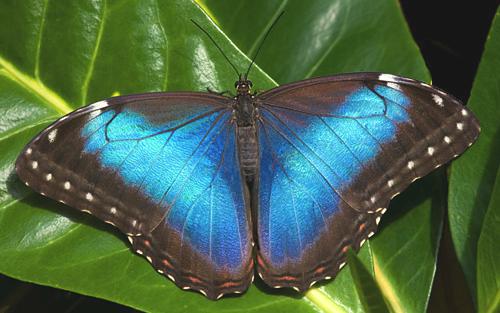

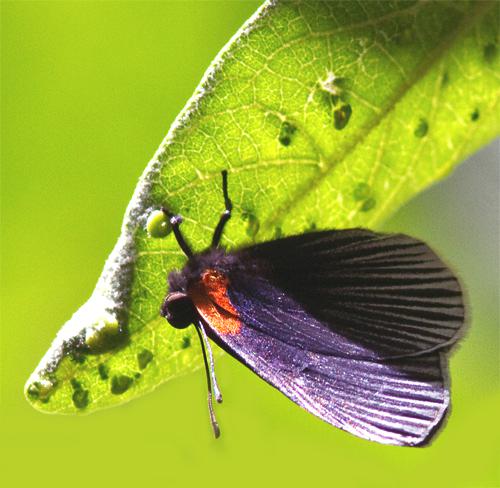
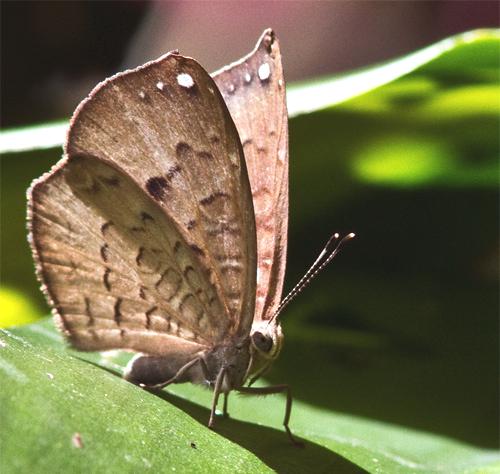
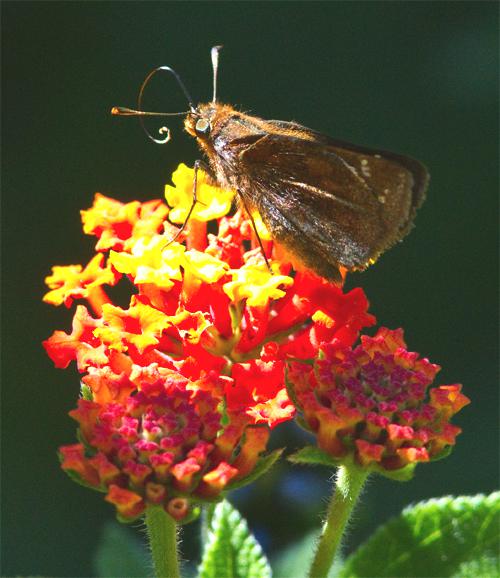
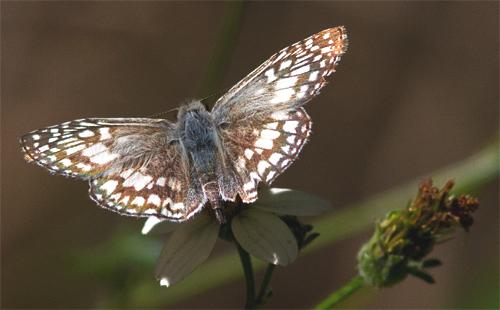
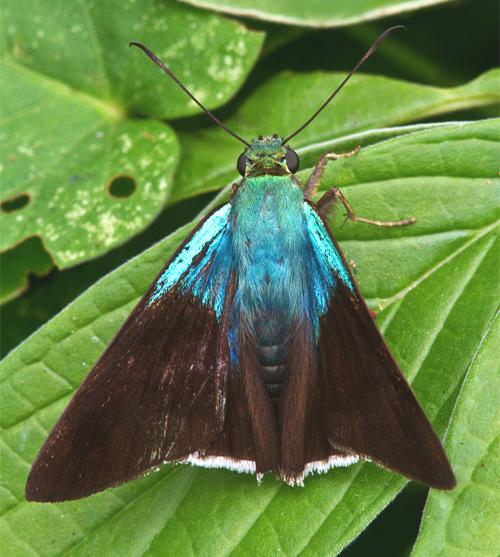
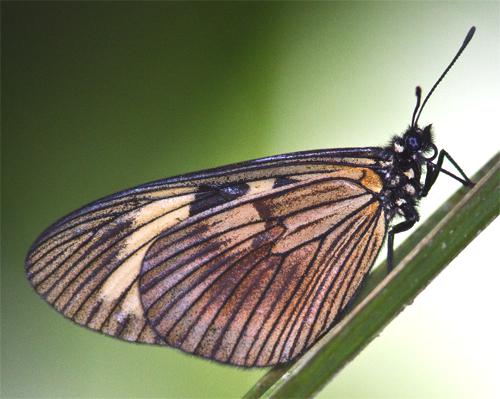
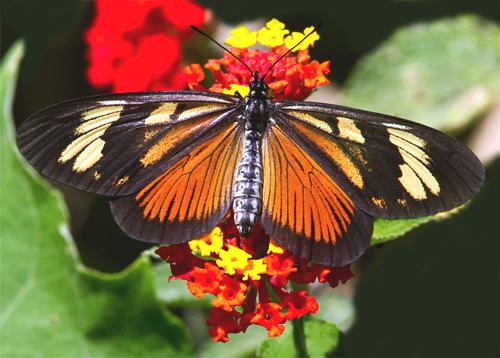
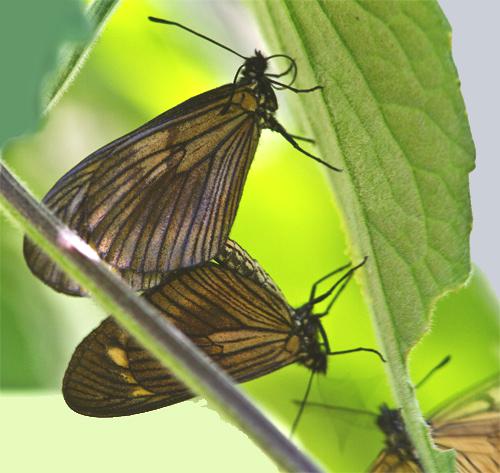
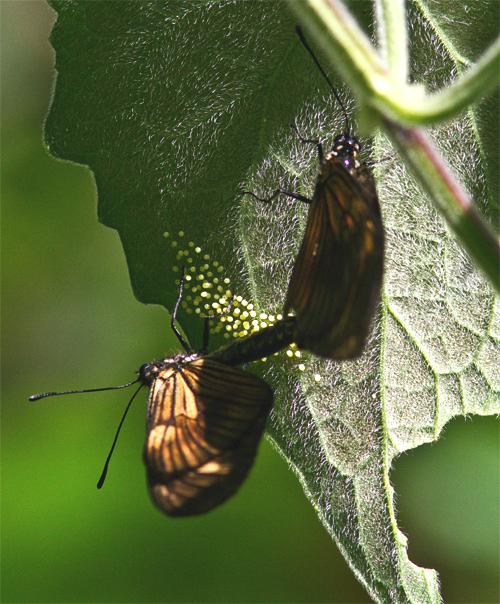
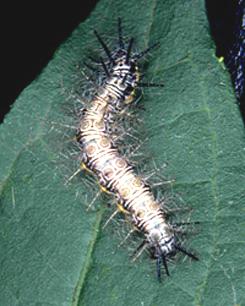

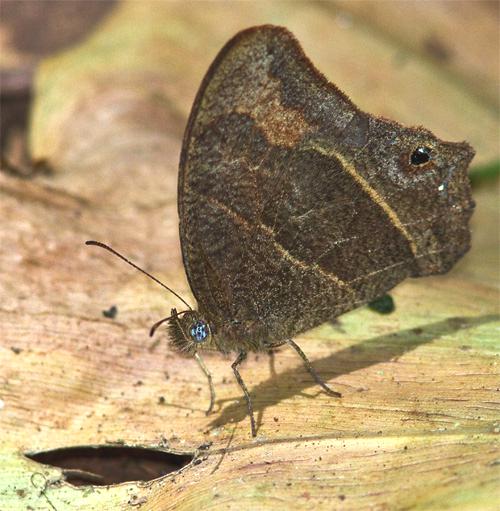
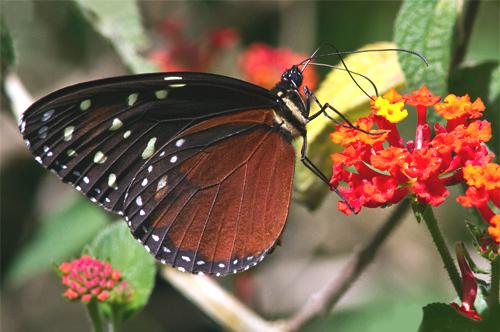

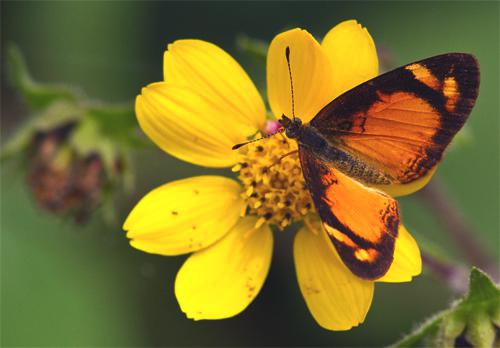

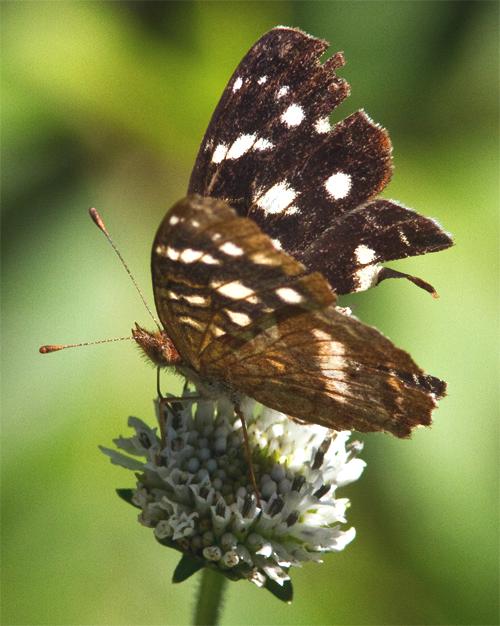

 Oct 15 to Mar 15:
Oct 15 to Mar 15: